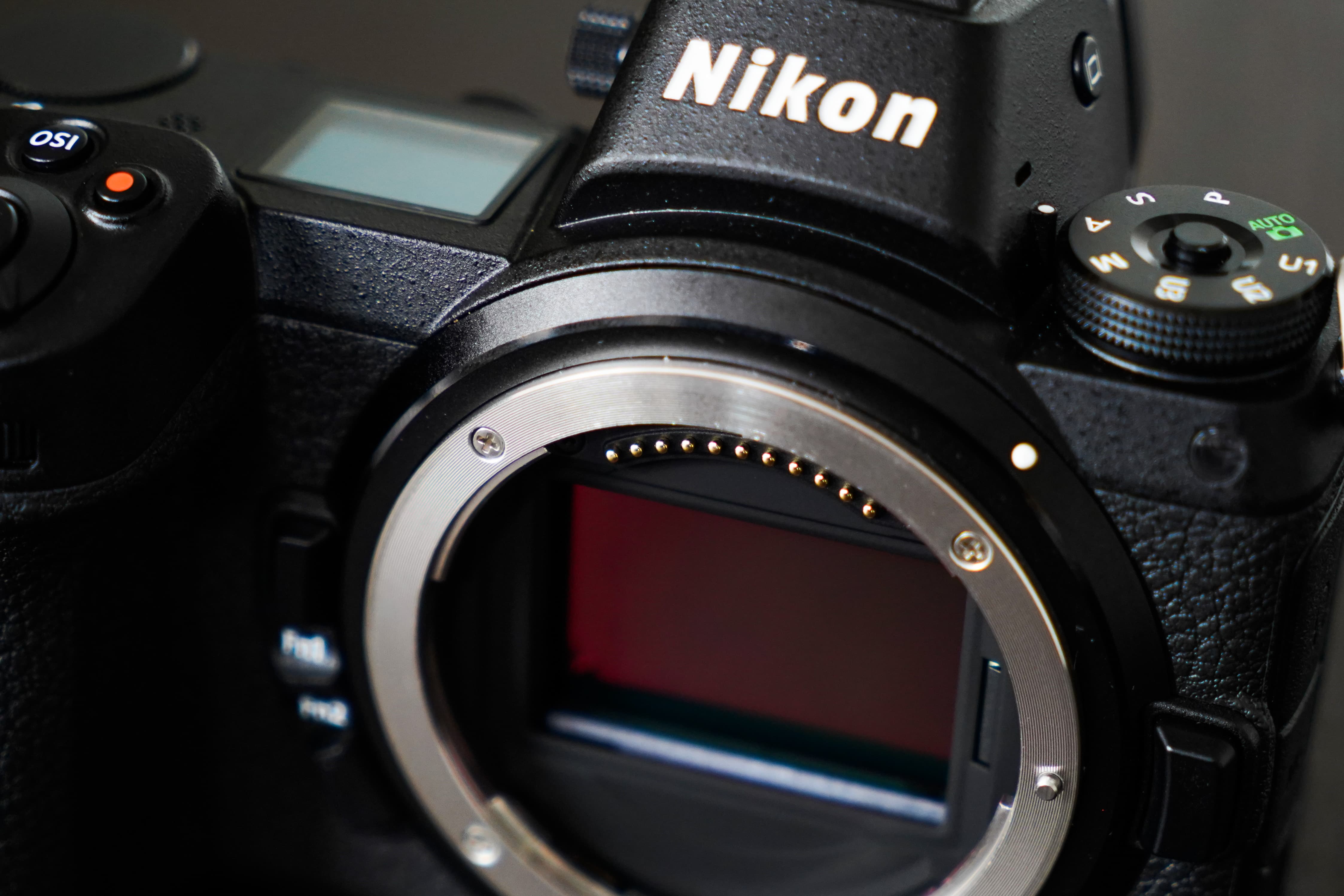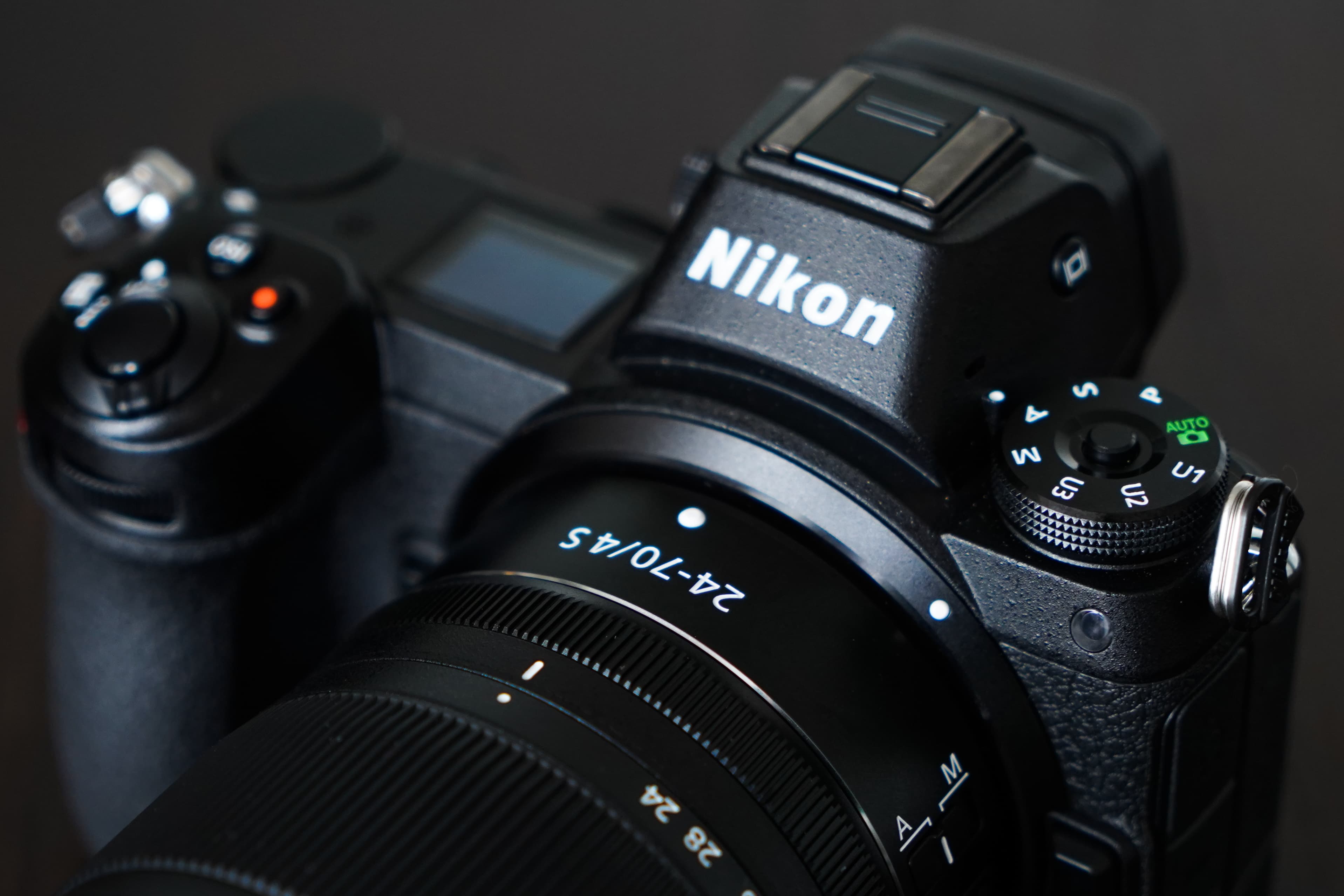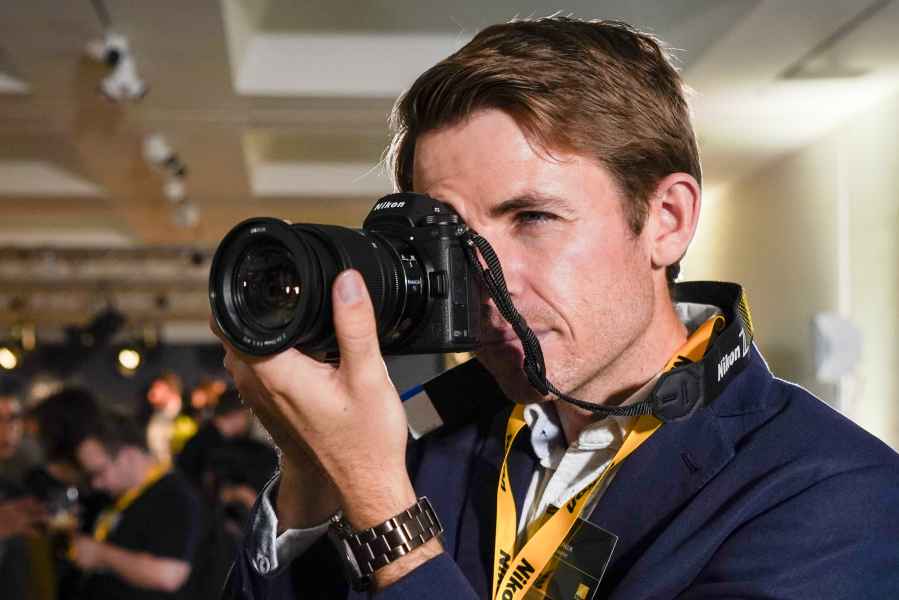As you can see in our detailed first look at the new cameras, there is a lot to be excited about, and lots of information to digest. It’s too early to make any kind of definitive buying decision until our expert testing team have put both cameras through their paces, but if you are thinking of buying one, here’s a quick reminder of their key differences to help your decision…
 Sensor
Sensor
The Z6 has the smaller sensor (24.5MP as opposed to 45.7MP with the Z7) so the files will be smaller and won’t take up so much storage space. If you don’t need so much detail and resolution in your images – if you mainly shoot documentary, general travel, and sports/action for example – this is an important consideration. For landscape and commercial photographers, where detail is everything (along with the need to sometimes print big), the Z7 might suit their needs better,
 Autofocus and burst mode
Autofocus and burst mode
The 45.7MP Z7 boasts 493 phase detection AF points (PDAF) covering 90% of the frame area, while the more affordable Z6 sibling has 273 PDAF points. While this may seem a downside on the cheaper model, reducing the number of pixels on the Z6 means it can rattle of 12 frames per second (fps) as opposed to the Z7’s more leisurely nine. Sports and action/event photographers take note.

ISO
Do a lot of low light shooting or find you often need to crank up the ISO? The Z7 has a standard sensitivity range of ISO 64-25,600, while the more affordable Z6 offers a wider native range ISO 100-51,200. This could be an important consideration for wedding, travel and documentary photographers, for example, as well as sports shooters having to work in tough lighting conditions. Both cameras use Nikon’s new EXPEED VI processing engine.
Price and availability
The higher pixel count on the Z7 comes at a cost. It will set you back £3,399 body only, compared to £2,099 for the Z6. Nikon says the Z7 will be available late September, but you will have to wait until late November for its cheaper sibling.
 Shared features
Shared features
* Both cameras have a stunning 3.6-million-dot EVF with a huge 0.8x magnification, that’s capable of displaying comprehensive shooting information against a black background on strips above and below the preview image. It’s one of the largest and clearest we’ve seen.
* 5-axis stabilisation is built into both cameras, offering a claimed 5 stops of compensation for camera shake when shooting hand-held. See how well this works in practice when we do our full test.
* Both cameras are made from tough magnesium alloy and are weather sealed.
* Power is provided by an updated EN-EL15b battery, and both cameras now support in-camera charging through the USB port.
* Both offer 4K video recording but the small pixel count means the Z6 can record video using the full width of the sensor






